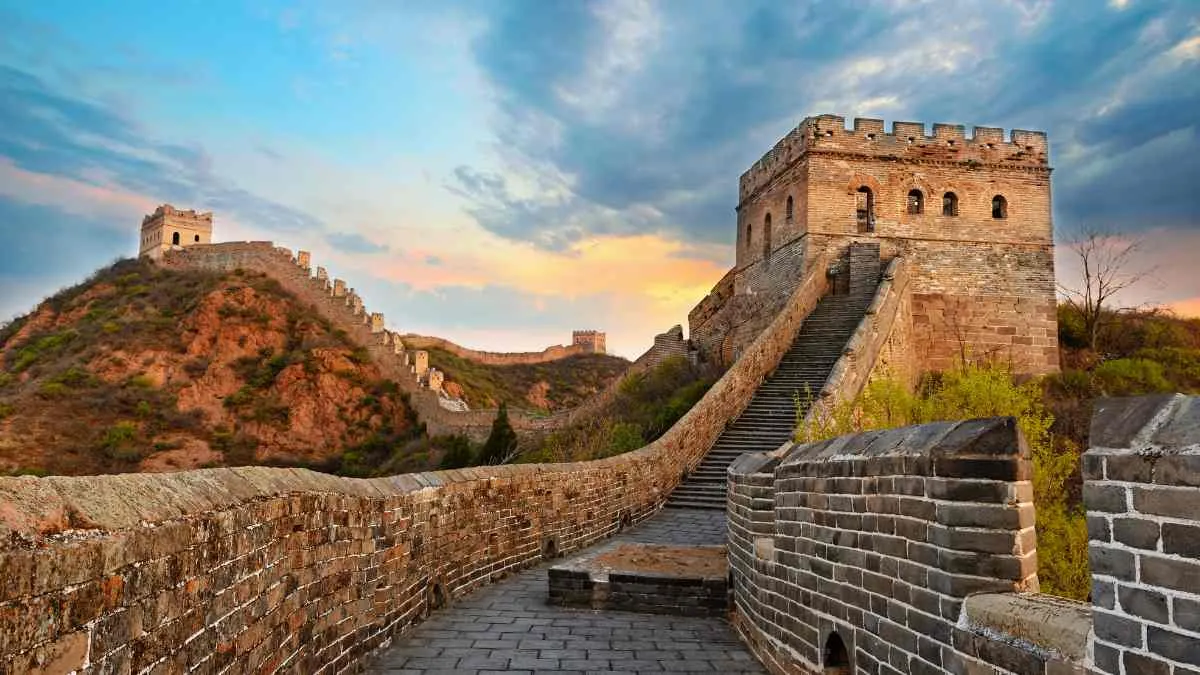China's Great Wall stands as one of the most prestigious and permanent symbols of human achievement. At a distance of more than 21,000 kilometers, this vast structure reflects centuries of winds, Chinese power, perseverance, and architectural talent through deserts, mountains, and meadows. Originally built to protect ancient Chinese states from attacking forces, the Great Wall has become much more than a military obstruction - it is now a powerful cultural symbol that attracts millions of visitors every year. Built and reconstructed by different dynasties over 2,000 years, it tells an attractive story of defense, labor, and unity. From the early foundations of the dynasty to the widespread renovation of the Ming dynasty, the wall continues to fascinate historians, travelers, and architects equally. Today, it is not only a UNESCO World Heritage Site, but also one of the world's new intake miracles.
Check Out: Empire State Building: Check Who Built it, History and Significance
Who Built the Great Wall of China?
Qin Dynasty (221-206 BCE): The first emperor, Qin Shi Huang, started connecting older, separate walls to create a single, unified barrier. Soldiers, farmers, and even prisoners were forced to work on it.
Han Dynasty (206 BCE - 220 CE): This dynasty extended the wall further west. Their goal was to protect the important Silk Road trade routes from invaders.
Ming Dynasty (1368-1644): This is the dynasty responsible for building most of the sections of the wall you can see today. They used strong materials like bricks, stones, and mortar, and added watchtowers and military bases to make the wall even better for defense.
Importance of the Great Wall
Military Defense: The primary role of the wall was to defend against tribes such as the Mongols and Xiongnu. The Watchtowers and the Beacon System enabled initial warning communication.
Symbol of Unity and Power: This reflects the centralized power of Chinese emperors and the integration of the warring states under a ruler.
Cultural Identification: Today, it serves as a glorious symbol of China's cultural heritage and historical continuity.
Economic Role: During the Han Dynasty, it protected trade with the Silk Road, supporting commerce between East and West.
Facts About the Great Wall
Length: The wall extends more than 21,196 km (13,171 mi) in 15 provinces in northern China.
Materials Used: Early walls used Earth and wood; The walls later used bricks, stones, and lime mortars during the Ming dynasty.
Labor and Sacrifice: It is estimated that more than a million workers helped build the wall, and hundreds of thousands died during its construction.
Protection: Only 30% of the original wall remains intact even today due to erosion, barbarity, and neglect.
Tourism: The most viewed section is near Beijing, Badaling.
Conclusion
The Great Wall of China is more than just an ancient fortification - it is a living monument that symbolizes the history, difficulty, and inheritance of one of the oldest civilizations in the world. From its strategic purpose to its cultural heritage, the wall remains a symbol of human determination and simplicity. It continues to fascinate people around the world, providing lessons in endurance, unity, and historical protection.
